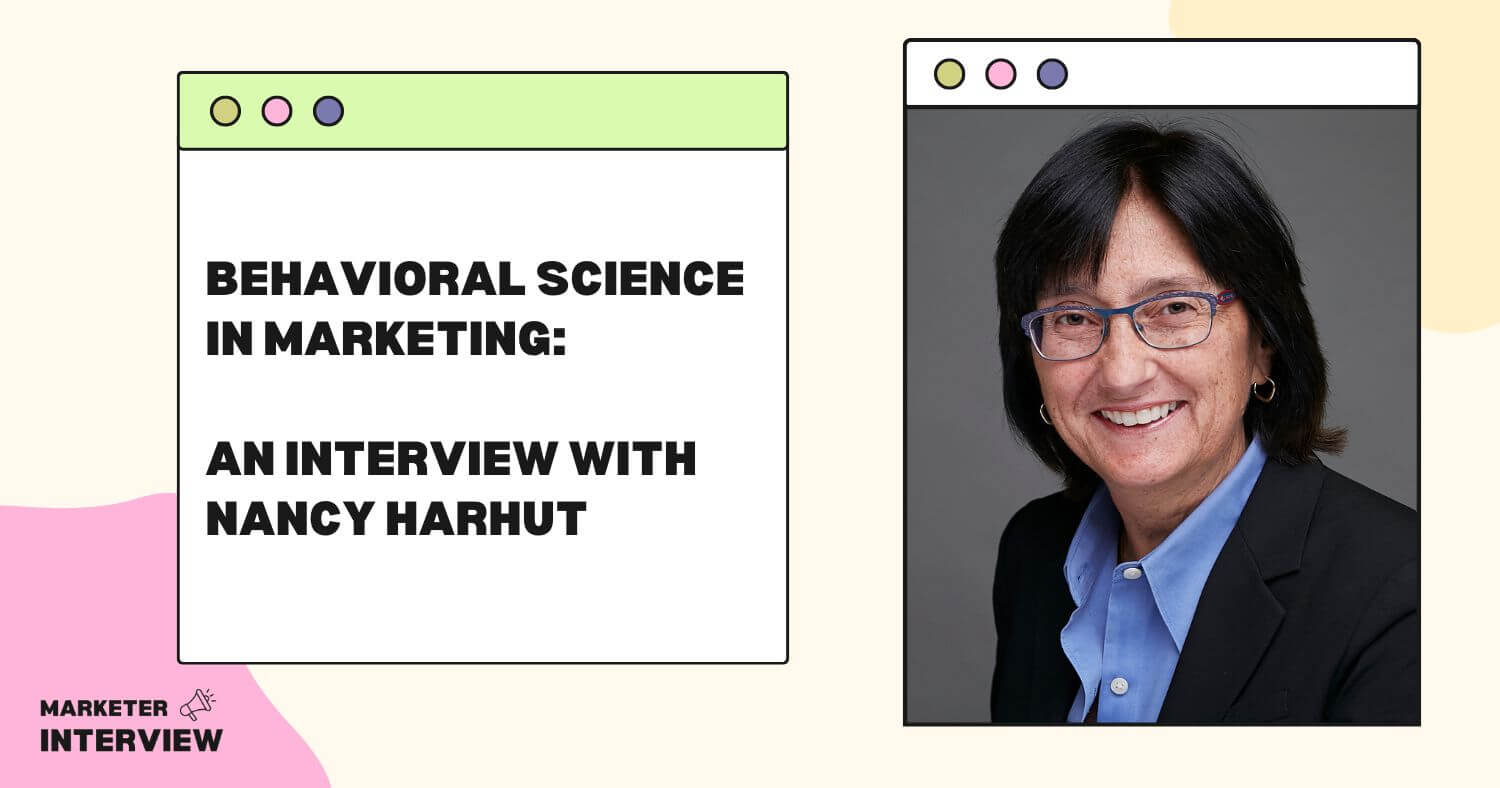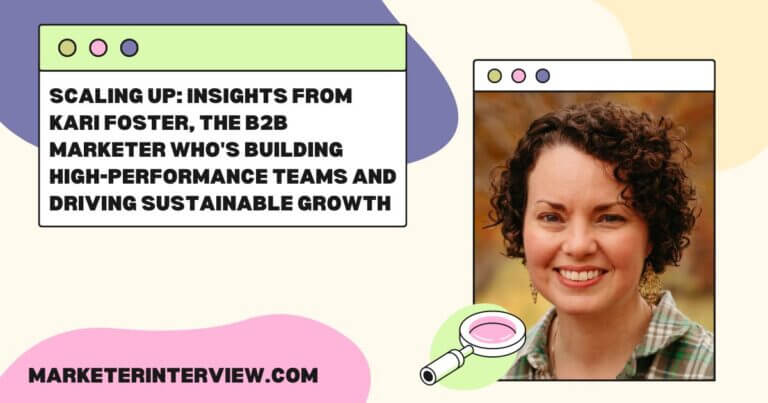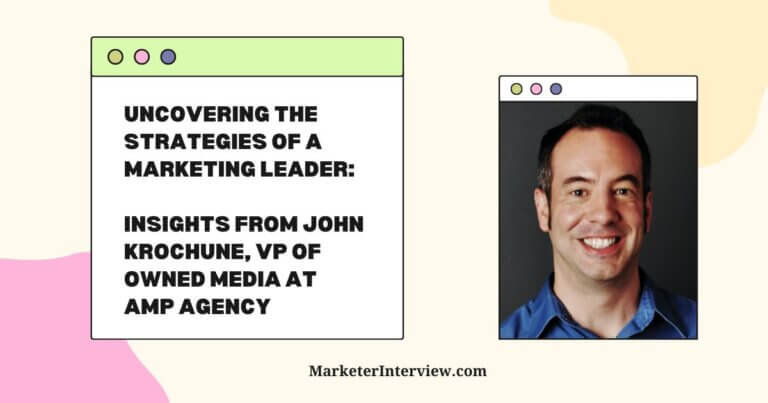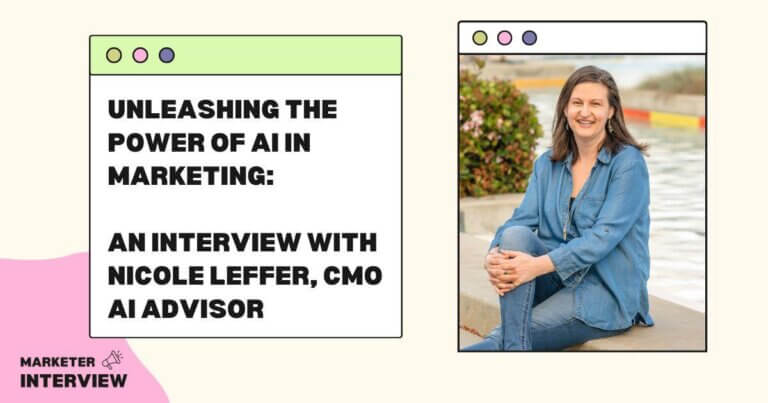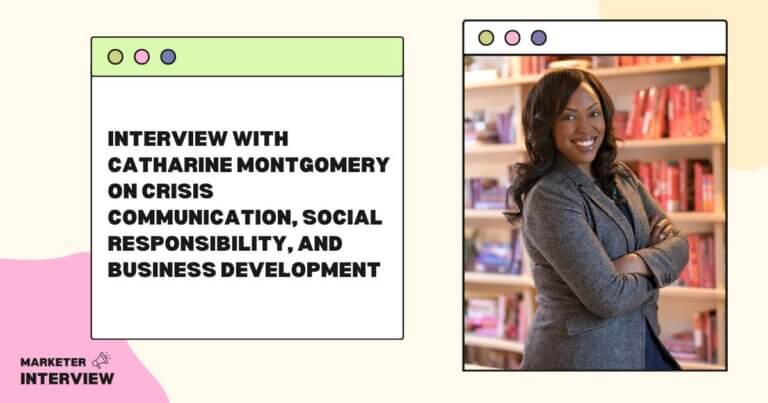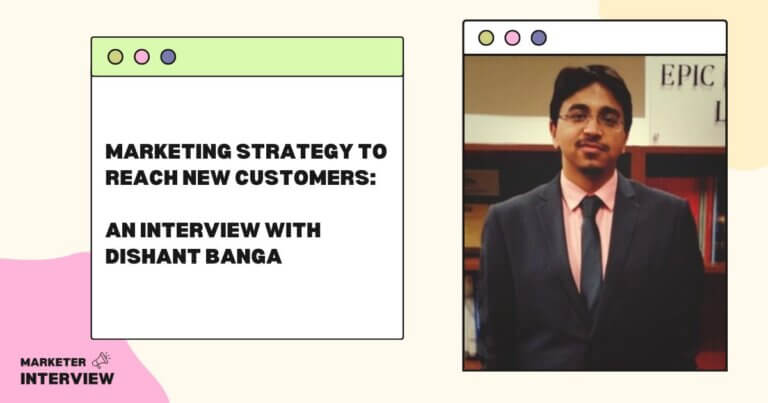Behavioral Science in Marketing: An Interview with Nancy Harhut
Welcome to Marketer Interview, where we delve into the minds of exceptional marketers who have significantly impacted the industry.
In this edition, we have the pleasure of speaking with Nancy Harhut, the Co-founder and Chief Creative Officer of HBT Marketing and author of the best-selling book, Using Behavioral Science in Marketing.
Nancy is an unusually strategy-minded and results-oriented Creative Director, internationally recognized for her best-in-class creative work.
With extensive knowledge of direct and digital marketing best practices, Nancy has successfully driven customer action and loyalty by utilizing behavioral science in her marketing strategies.
Join us as we uncover Nancy’s journey into marketing and her exceptional career achievements.
Contents
- 1 Can you share with us your journey into the field of marketing? What sparked your interest and led you to where you are today?
- 2 Could you tell us about a campaign or project you are particularly proud of and how it achieved outstanding results?
- 3 Behavioral science is a fascinating aspect of marketing. How did you discover its potential, and what made you incorporate it into your strategies?
- 4 Could you explain using behavioral science to prompt customer instinctive responses? How does it differ from traditional marketing approaches?
- 5 In your experience, what are some key insights or principles from behavioral science that marketers should consider when designing campaigns?
- 6 With your direct and digital marketing expertise, how do you integrate various channels to create cohesive and effective campaigns? Could you provide an example of a successful multichannel effort you’ve executed?
- 7 Customer acquisition, retention, loyalty, and cross-selling are all crucial aspects of marketing. What strategies or techniques have you found to be particularly effective in each of these areas?
- 8 You’ve been quoted in the national and international press and have received over 150 awards for direct and digital marketing effectiveness. What sets your approach apart and contributes to your exceptional results?
- 9 As an industry speaker and member of various marketing associations, what have you learned from collaborating with other professionals in the field? How do these interactions influence your work?
Maybe I shouldn’t admit this, but I defaulted to marketing!
Entering college, I knew I wanted to write, and I thought my two options were novelist (no!) and journalist. So, I studied Journalism at BU.
Entering my senior year, I realized I would be good but not great. So, I scrambled and took any other writing classes I could – advertising, PR, and corporate communications. I graduated and was lucky enough to get hired by Mullen Advertising as an assistant in their PR department.
One day I wrote a joke press release and hung it on the office bulletin board. The agency’s Chief Creative Officer, Paul Silverman, thought it was good and started giving me copywriting assignments. That launched my career as a marketing copywriter, and I never looked back!
Could you tell us about a campaign or project you are particularly proud of and how it achieved outstanding results?
Ok, this may sound boring, but stay with me.
One of my clients sold life insurance to dentists. It’s challenging to get anyone to buy life insurance. Once someone does, they check it off the list and never want to consider it again. However, people with kids or whose income has increased should consider additional coverage.
We used the pull of the magnetic middle to make that happen. Behavioral science tells us that people don’t usually like to be out on the bleeding edge, nor do they like to feel they’re lagging. They feel comfortable in the middle. So, we showed a graph with $0 of coverage on the left (the least you could have) and $3 million on the right (the most this company sold). And we indicated where the dentist was – always choosing customers at the left of the center.
The expectation wasn’t that these customers would add enough to hit $3 million. But we did think they’d move closer to the center. And that’s exactly what they did!
The piece got a 459% lift over the control, measured in actual sales.
Behavioral science is a fascinating aspect of marketing. How did you discover its potential, and what made you incorporate it into your strategies?
Like many behavioral science enthusiasts, I read Robert Cialdini’s book, Influence: The Science of Persuasion. There seemed to be so much in it that was tailor-made for marketers. Because of that, I started testing some behavioral science tactics in my campaigns for clients, and we saw excellent results.
That sent me down the proverbial rabbit hole, consuming any behavioral science content I could get. At one point, I was lucky enough to share ideas with world-renowned behavioral economist Dan Ariely. Another time, I got to field some independent research with Dr. Aaron Reid of Sentient Decision Science.
Adding behavioral science tactics to marketing best practices delivered superior engagement and response. That’s why I use this approach when developing creative work for clients. And why I recently wrote Using Behavioral Science in Marketing, which – coming full circle – Robert Cialdini was kind enough to endorse.
Could you explain using behavioral science to prompt customer instinctive responses? How does it differ from traditional marketing approaches?
Behavioral scientists have proven that up to 95% of decision-making occurs in the subconscious mind.
Humans have evolved to conserve mental energy by developing automatic, hardwired behaviors. This means that very often, when people make decisions, other factors are at play – factors they’re unaware of – which influence those decisions. Marketers can incorporate behavioral science prompts into their strategies and creative executions to trigger these automatic behaviors.
Remember the dentists and the insurance? Those dentists wouldn’t say they bought added coverage because they didn’t like how they felt when they saw a graph indicating they were left of center. They’d tell you they were buying more insurance because it was the right thing to do because their practice or family grew. And they’d believe they were telling you the truth. But in reality, it’s not those rational reasons but their gut response upon seeing the graph that prompted their decision.
In your experience, what are some key insights or principles from behavioral science that marketers should consider when designing campaigns?
One of them is Loss Aversion.
Behavioral scientists have proven that humans are TWICE as motivated to avoid the pain of loss as they are to achieve the pleasure of gain. But what do marketers do? We focus on the gains!
While communicating gains and benefits is essential, we also need to inject a little Loss Aversion, reminding people of the pain they may find themselves in if they don’t do what we ask or reminding them of the pain they can avoid if they do.
Sometimes it makes more sense to say “Don’t miss” instead of “Take advantage of.” Or to say, “You’ll pay more tomorrow” instead of “You can save today.”
Another powerful behavioral science principle that marketers should consider is Autonomy Bias. Behavioral scientists have found that people have a deep-seated desire to exercise some control over themselves and their environments. They crave agency.
One way to make people feel they have agency is to give them choices. Research from Tulane University found that having two options instead of just one can nearly quadruple the likelihood that someone will make a buying decision at the moment. The question goes from “Do I want this or not?” to “Which of these do I want?”
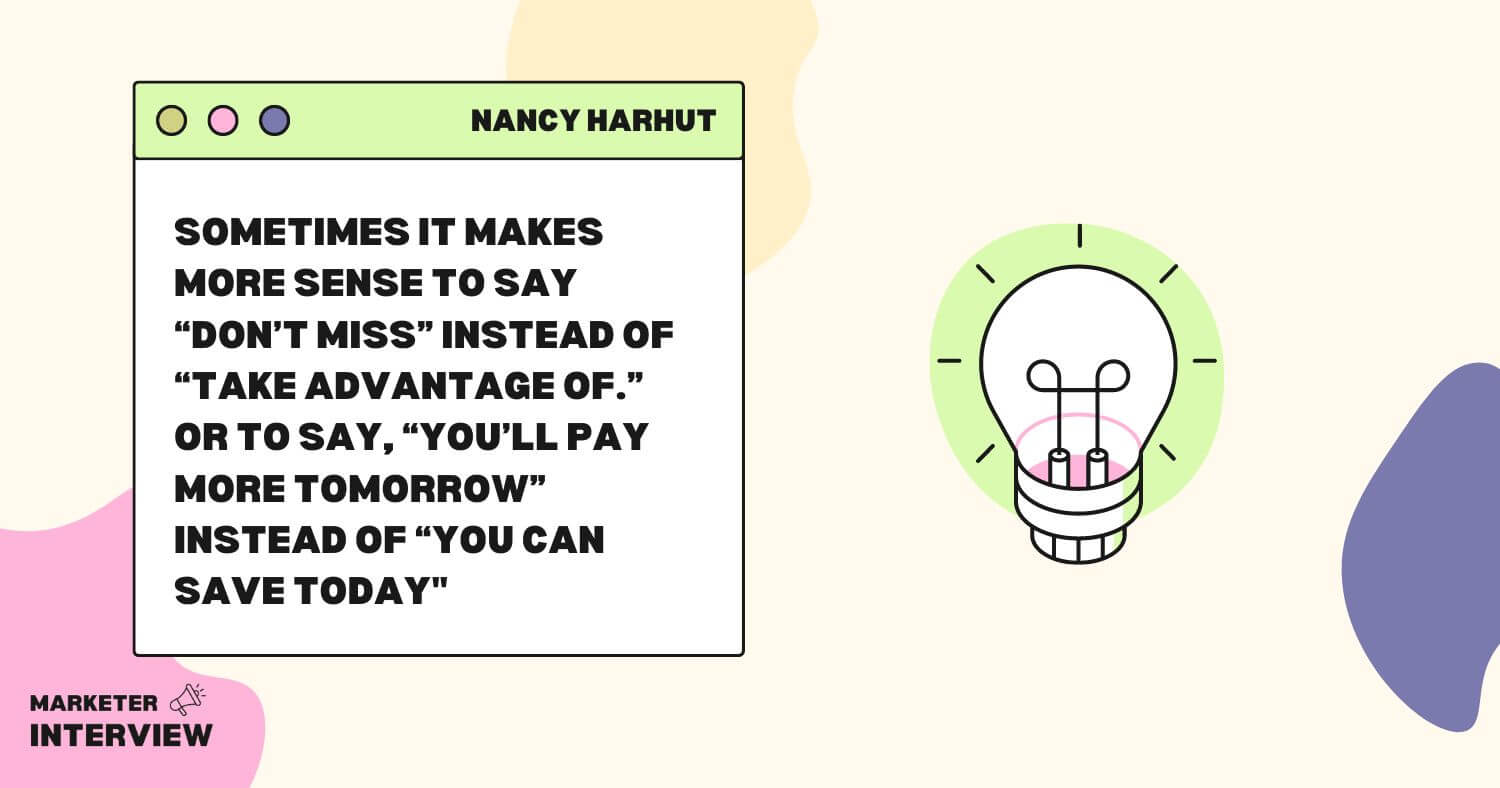
With your direct and digital marketing expertise, how do you integrate various channels to create cohesive and effective campaigns? Could you provide an example of a successful multichannel effort you’ve executed?
The key is to capitalize on the strengths of each channel while delivering a consistent message. Some media offer more “real estate” or different opportunities, so marketers should take advantage of these things but always leave the target with the same key takeaway.
At HBT Marketing, we created an integrated campaign for a company encouraging people to open a work retirement account. We used email, direct mail, and social posts, and we tested three different behavioral science principles: social proof, scarcity, and loss aversion. The direct mail had the most real estate, so we told a longer story there, with more reasons to act. The email told a more concise version of the story. And the social posts, of course, were the tightest.
Yet the three behavioral science themes were evident in each channel. The social proof messages all included the idea that other employees were opening 401k accounts. The scarcity messages offered secrets to successfully saving for retirement. And the loss aversion messages revolved around mistakes made with retirement accounts.
Overall, the client doubled their response from the previous year. And we found the loss aversion messages proved especially effective.
Customer acquisition, retention, loyalty, and cross-selling are all crucial aspects of marketing. What strategies or techniques have you found to be particularly effective in each of these areas?
Honestly, I’ve seen specific tactics work in various situations. Applied correctly, a specific behavioral science principle can prompt acquisition, retention, or cross-selling. It’s all in how you use it.
That said, here are some powerful tactics for each of the key marketing areas:
Acquisition:
Social proof can be a very effective motivator when trying to acquire customers.
When people are uncertain about what to do (Do I need this product? Do I need it now? Should I get it from this company?), they look at what other people like themselves are doing and follow their lead.
We used social proof in a campaign to sell voluntary benefits (ex: cancer insurance) to employees in the workplace and drove a 19% lift in sales.
Retention:
When trying to retain customers, use the endowment effect, which is the idea that people place more value on something they already own. Remind customers what they have with you, and they’ll be reluctant to give it up.
Loyalty:
An excellent way to engender loyalty is to trigger self-concept, which is essentially a person’s mental image of who they are.
If they feel your brand supports or reflects their image of themselves, they’ll feel emotionally connected to it. And that provides the basis for a loyal relationship.
Cross-sell:
Behavioral scientists have proven that once a person makes a decision, they like to remain consistent when future opportunities arise. They don’t feel they have to think about it, which lets them conserve mental energy.
This is known as the commitment and consistency principle. So, when you want to cross-sell a customer, remind them they have already decided to do business with you.
We did this for a community bank that wanted customers with CDs to open checking accounts. They said it was the most successful campaign they ever ran.
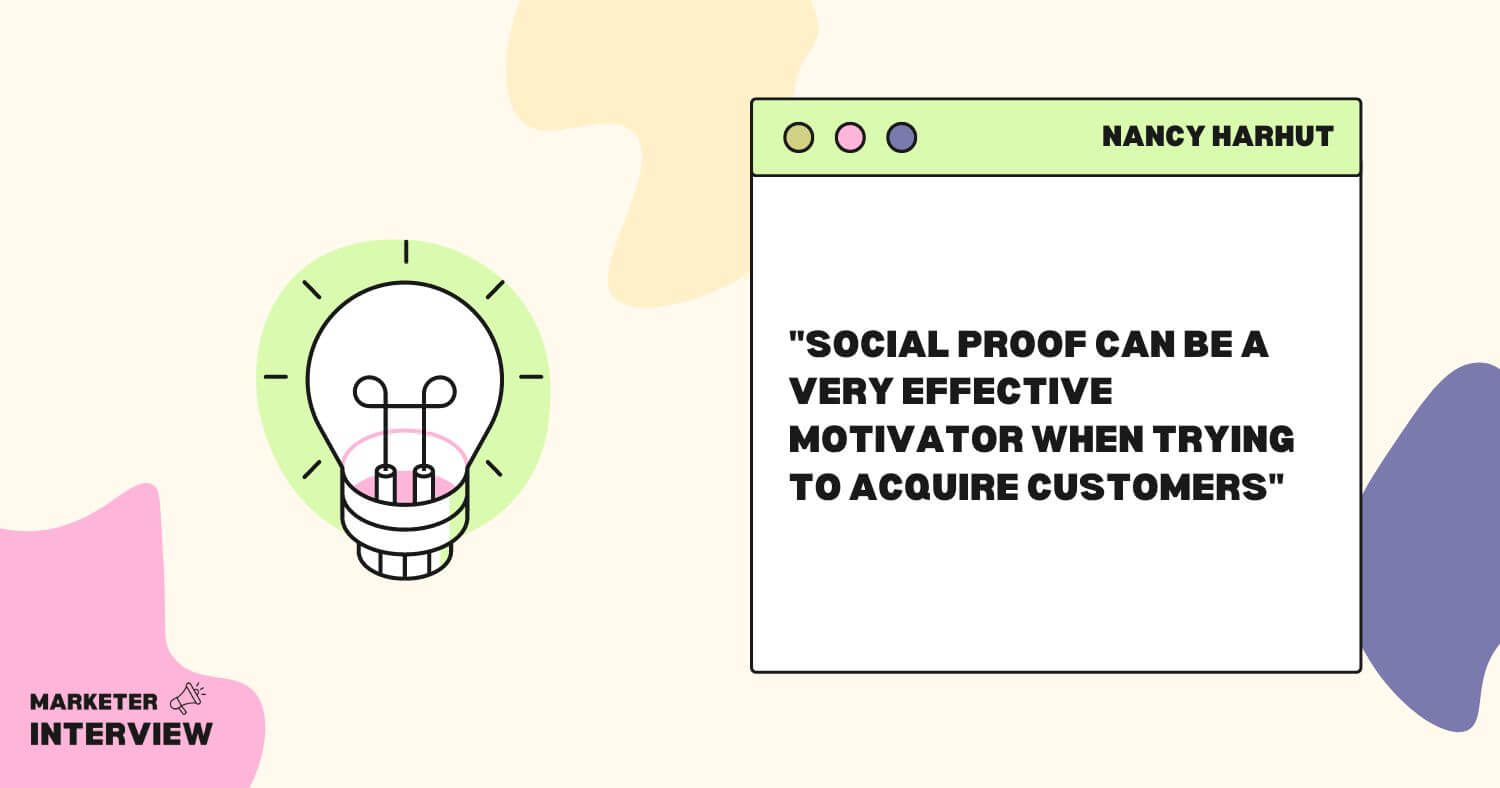
You’ve been quoted in the national and international press and have received over 150 awards for direct and digital marketing effectiveness. What sets your approach apart and contributes to your exceptional results?
I think it’s a result of three things:
The first, no surprise, is my belief in using a combination of marketing best practices and behavioral science to drive response. My clients tell me they don’t find that at other agencies and love the results they get.
The second is the good fortune to work with many intelligent, talented people – colleagues and clients. My teams and I won those awards. We did a lot of testing and learning together.
And the third might be my instinct to ask, not “Why should the prospect do this?” but rather, “Why won’t they want to do this?” Paying attention to why someone won’t want to do what you’re asking, and creating messages that overcome those barriers, are critical to motivating action. I learned this as a cub copywriter, and it’s served me well throughout my career.
As an industry speaker and member of various marketing associations, what have you learned from collaborating with other professionals in the field? How do these interactions influence your work?
I am a student of the craft, always looking to learn and improve.
As a result, I love being active in the industry, going to conferences, and “talking shop” with other marketers. This industry can move quickly, so it’s great to share information with other professionals. That’s how you add to your marketing know-how and ultimately better serve your clients.
For example, in the last few months alone, I learned from:
- Jay Schwedelson of Outcome Media that putting even one testimonial near an email call to action can increase conversion rates by 19%.
- Digital entrepreneur and AI consultant Karine Abbou that websites would soon be built around chat, not search terms.
- Sheri Otto of HubSpot that after testing over half a billion emails, they found plain text emails perform better than HTML ones.
